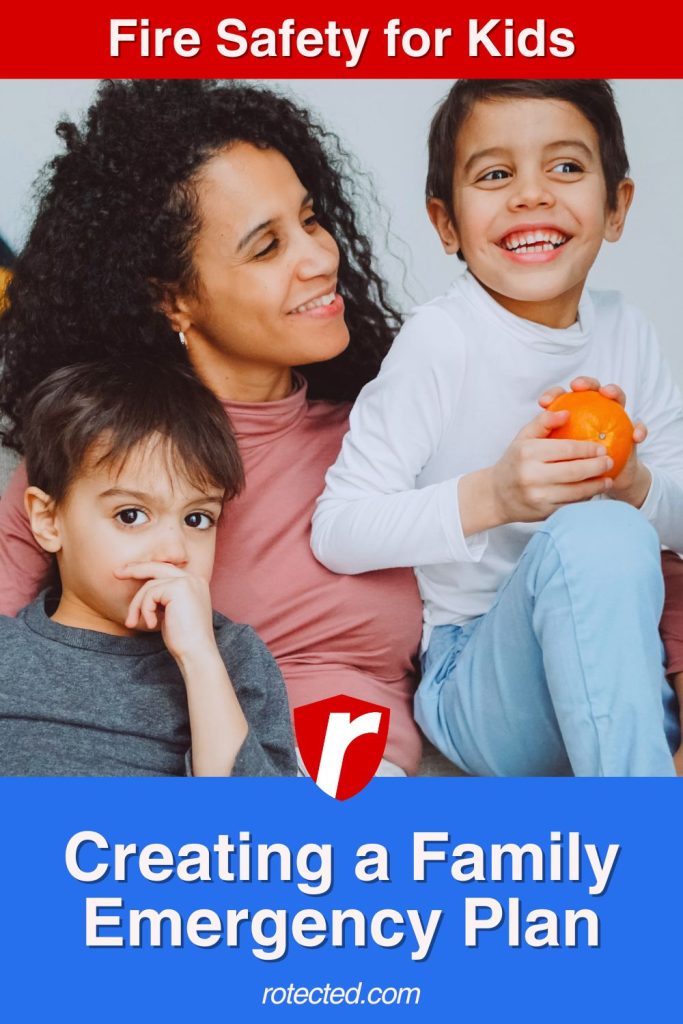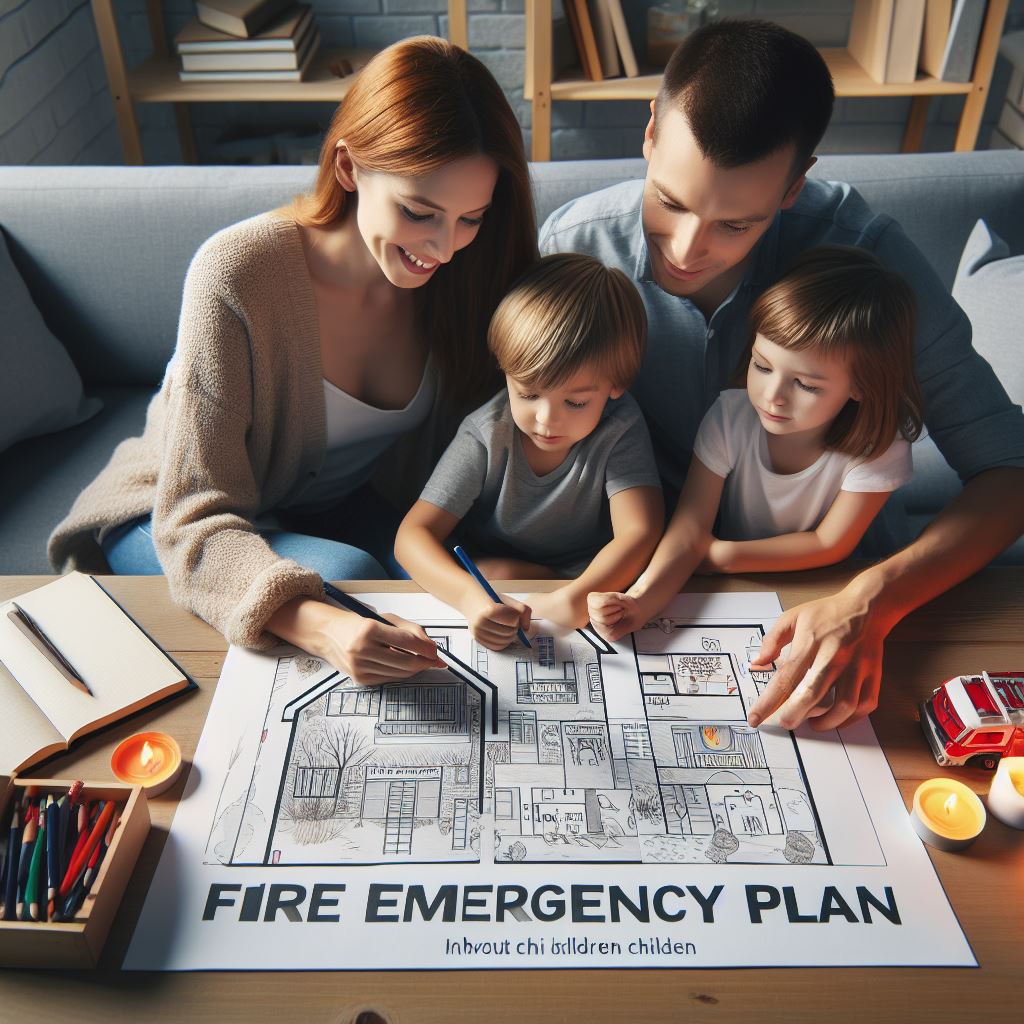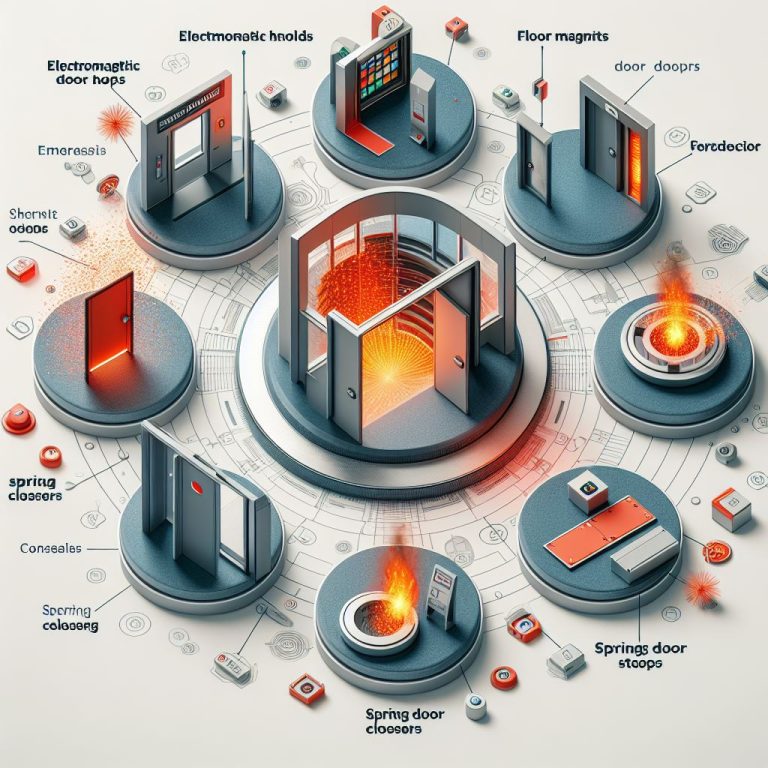As parents and caregivers, ensuring the safety of our children is a top priority. When it comes to fire safety, proactive education plays a crucial role in empowering kids to respond confidently and responsibly in emergency situations. In this article, we’ll explore effective strategies and tips for teaching children how to navigate fire emergencies, turning potential panic into informed action.
Establishing a Foundation of Awareness
The first step in teaching fire safety to kids is building awareness. Start by explaining the potential dangers of fire in simple, age-appropriate language. Discuss the importance of fire safety and create a foundation of understanding to help them recognize fire hazards and act accordingly.
Creating a Family Emergency Plan
Involve your children in creating a comprehensive family emergency plan. Outline escape routes from different areas of the house and establish a designated meeting point outside. Make it a family activity, allowing kids to contribute ideas and ensuring they understand the plan thoroughly.
Educating on Stop, Drop, and Roll
Teach children the fundamental “Stop, Drop, and Roll” technique. Demonstrate the steps and encourage them to practice regularly. This simple yet vital skill can extinguish flames if clothing catches fire, instilling a sense of self-reliance in children during a crisis.
Recognizing Fire Alarms and Emergency Numbers
Familiarize children with the sound of smoke detectors and fire alarms. Explain the significance of these alarms as early warning signals and educate them on the importance of never ignoring the sound. Additionally, teach them how to dial emergency numbers like 911, emphasizing the importance of swift communication during a fire emergency.

Demonstrating Safe Evacuation
Conduct fire drills regularly to ensure that children are familiar with the evacuation process. Practice moving quickly and calmly to the designated meeting point, reinforcing the idea that safety is the priority. Make it a positive and engaging experience to reduce anxiety associated with emergency scenarios.
Identifying Safe Meeting Points
In addition to having a designated meeting point outside, teach children about alternative safe locations they can go to in case they are unable to reach the main meeting point. This can include neighbors’ houses or predetermined community areas, providing them with multiple options for seeking help.
Exploring Fire Safety Games and Activities
Learning through play is a powerful educational tool. Incorporate fire safety games and activities into your routine. Board games, role-playing scenarios, and interactive apps can make the learning process enjoyable and help reinforce essential fire safety concepts.
Understanding the Importance of Crawl Low in Smoke
Make sure children understand the dangers of smoke inhalation during a fire. Teach them to crawl low to the ground, where the air is clearer, if they encounter smoke while evacuating. This simple action can significantly improve their chances of reaching safety.
Fire Safety Discussions
Engage in open and age-appropriate discussions about fire safety. Encourage children to share any concerns or questions they may have. Foster a safe environment where they feel comfortable discussing fire safety, ensuring that knowledge is paired with emotional reassurance.
Setting a Positive Example
Children often learn by observing their parents and caregivers. Demonstrate responsible fire safety practices in your daily life, such as proper use of electrical appliances, safe cooking habits, and diligent maintenance of smoke detectors. Setting a positive example reinforces the importance of these practices in their minds.
Conclusion
In conclusion, fire safety for kids is not just about memorizing procedures; it’s about instilling a mindset of responsibility and preparedness. By actively involving children in fire safety education, creating a family emergency plan, and providing opportunities for practical learning, we empower them to respond confidently and responsibly in emergencies.
These lessons not only ensure their immediate safety but also lay the foundation for a lifetime of responsible decision-making in potentially life-threatening situations.




